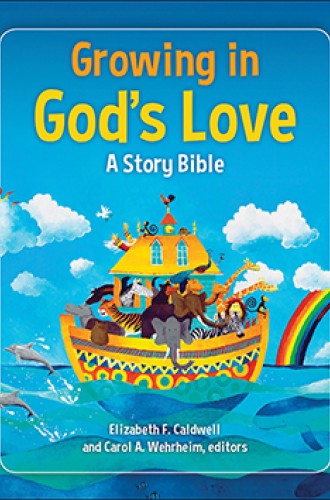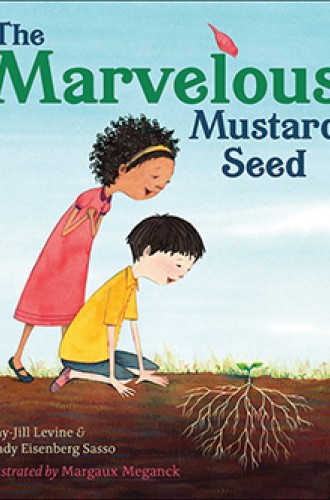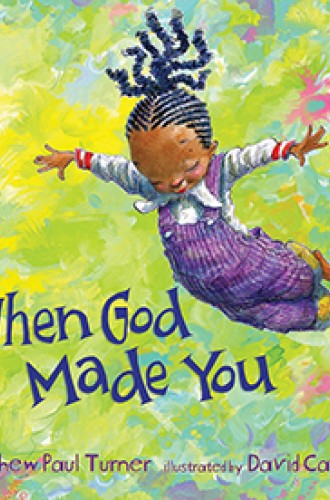4 Bible storybooks that leave space for children’s imagination
In God's kingdom, sometimes less is more.
God’s word may be timeless, but its translation and transmission are always culture-bound. This is especially apparent in the way Bible stories are transmitted to children.
Russell Dalton, who teaches religious education at Brite Divinity School, notes that in the past children’s Bibles were heavily tilted toward moralism and fear of God. A century ago, Bible stories for children affirmed status quo virtues and tended to emphasize obedience to those in authority. Today, Dalton says, children’s Bibles are more likely to transmit the message: “God is nice and wants you to be nice and God will take care of you.” The moral of the Noah story, for example, was once: “God will punish the wicked and only the righteous will survive.” But it has evolved into “a story about a nice friendly God who didn’t cause the flood, where no one dies, and happy anthropomorphic animals smile as they float in the ark.”
Growing in God’s Love, a story Bible published by Westminster John Knox this year, is a 21st-century effort to open up the Bible for children. The brainchild of Elizabeth F. Caldwell, professor emerita at McCormick Theological Seminary, and coedited with Carol A. Wehrheim, Growing in God’s Love tells 150 stories from the Old Testament and the New Testament. Its contributors include 25 authors and 21 illustrators.








